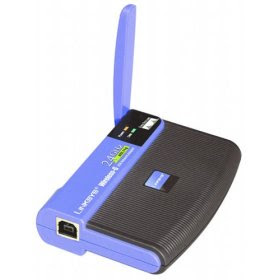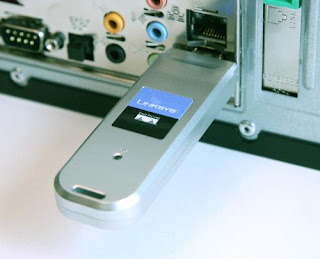Here is my bookmark list. All of these links have something to do with networking, security, linux, web development or technology in general. I apologize that it isn't very organized but the information contained within them is very useful for learning about network administration.
- Hak5 – Technolust since 2005
- IANA — Internet Assigned Numbers Authority
- Internet Engineering Task Force
- US-CERT: United States Computer Emergency Readiness Team
- SecurityFocus
- DEF CON® Hacking Conference - The Hacker Community's Foremost Social Network.
- Technology News, Analysis, Comments and Product Reviews for IT Professionals | ZDNet
- Default Password List
- Android Developers
- W3Schools Online Web Tutorials
- Color Scheme Designer 3
- Typetester – Compare fonts for the screen
- Tactile 3D Interface - Software to browse, explore, and organize your file-system in 3D.
- Oculis Labs, PrivateEye
- .:: Phrack Magazine ::.
- Security - Keylogging
- Testing and reviews of keyloggers, monitoring products and spy software (spyware) 2009
- Tricks of the Trade: Cracking passwords with Wikipedia, Wiktionary, Wikibooks etc
- What’s My Pass? » The Top 500 Worst Passwords of All Time
- List of Free Proxy Servers - Page 1 of 9
- bh-us-03-willis.pdf (application/pdf Object)
- Welcome to The TCP/IP Guide!
- Welcome to Scapy’s documentation! — Scapy v2.1.1-dev documentation
- Internet Protocol Suite - Wikipedia, the free encyclopedia
- SCAPY packet-crafting reference
- Usage — Scapy v2.1.1-dev documentation
- TCP Exploits by Prabhaker Mateti
- TCP, Transmission Control Protocol
- ARP spoofing - Wikipedia, the free encyclopedia
- HEXADECIMAL to BINARY conversion, HEX to Decimal converter, Hexdecimal convertor
- Cracking_Passwords_Guide.pdf (application/pdf Object)
- PF: The OpenBSD Packet Filter
- YouTube - SSL Strip
- Moxie Marlinspike >> Software
- PORTKNOCKING - A system for stealthy authentication across closed ports. : ABOUT : summary
- HOWTO: Internet sharing with Ubuntu (NAT Gateway) - Ubuntu Forums
- Paper: Kr3w's Cross-Site Scripting Tutorial | Articles | XSSed.com
- SANS: Top Cyber Security Risks - Executive Summary
- IT Security Magazine - Hakin9 www.hakin9.org
- Black Hat ® Technical Security Conference // Home
- 2.1. Address Resolution Protocol (ARP)
- Getting MAC address from a network interface
- List of TCP and UDP port numbers - Wikipedia, the free encyclopedia
- Wireshark · OUI Lookup Tool
- Ethernet Type Codes
- Multiple network interfaces and ARP flux - OpenVZ Wiki
- arp(7): ARP kernel module - Linux man page
- Section 27.6. Neighbor Deletion
- OReilly.Understanding.Linux.Network.Internals.Dec.2005
- http://www.etpenguin.com/pub/Reference/DOC_arp.txt
- http://tools.made-it.com/haring/desc.html
- IRC - Linux Kernel Newbies
- PLUG - Home
- arp_accept | LinuxInsight
- Arpwatch
- git.kernel.org - linux/kernel/git/stable/linux-2.6.34.y.git/blob - Documentation/networking/ip-sysctl.txt
- .::ArpON::.
- CAM Table Overflow - Hakipedia
- Defcon 15 - T364 LAN Protocol Attacks Part 1 - Arp Reloaded
- Free online network utilities - traceroute, nslookup, automatic whois lookup, ping, finger
- Free Webmaster Tools & Search Engine Optimization Tools
- Geotool
- Domain Tools: Whois Lookup and Domain Suggestions
- IHS | Home of Johnny Long and Hackers for Charity, Inc
- Snort :: Docs
- Offensive Computing | Community Malicious code research and analysis
- Wirelessdefence.org
- www.dd-wrt.com | Unleash Your Router
- Programming with pcap
- http://www.secdev.org/projects/scapy/files/scapydoc.pdf
- DigiNinja
- YouTube - Hacking wireless networks with Man in the Middle attacks
- IANA — Internet Assigned Numbers Authority









